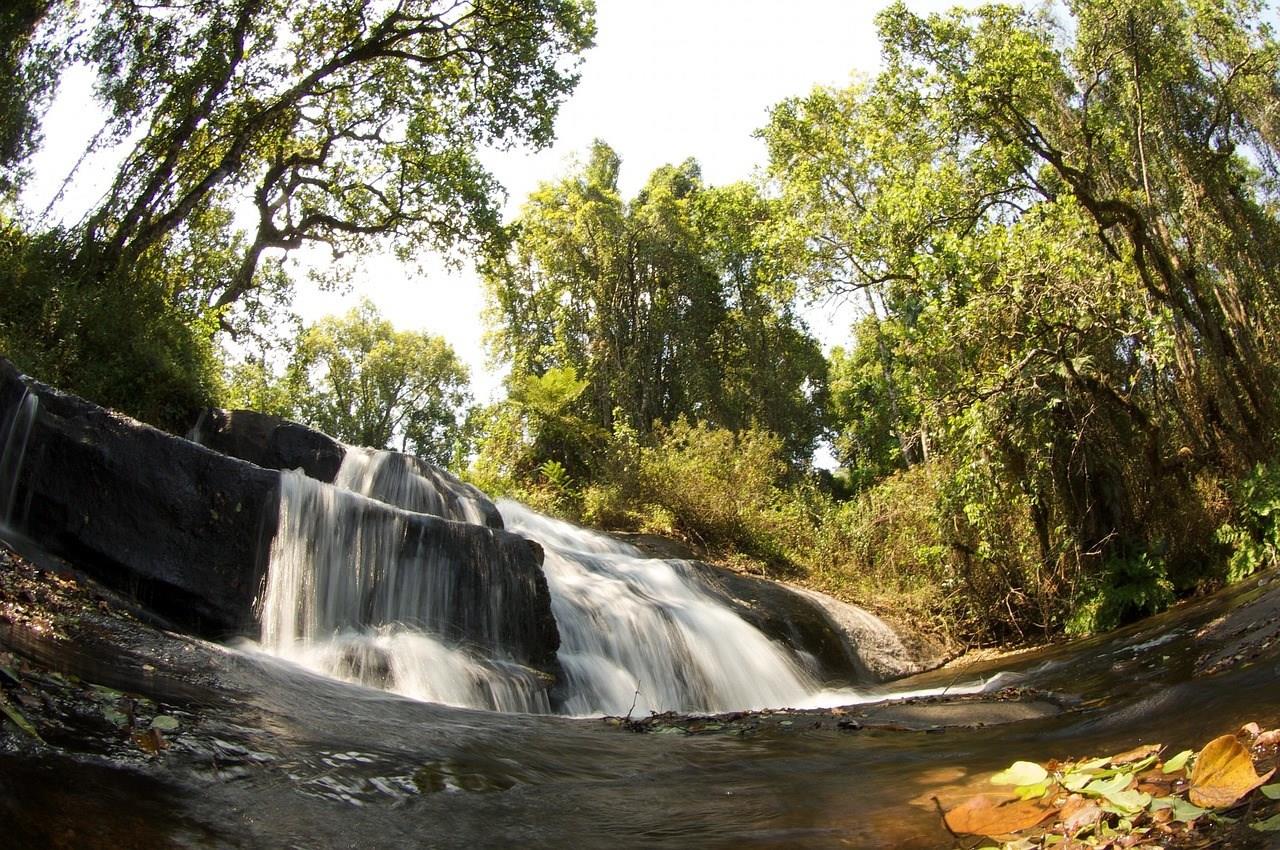

Malawi
Malawi, republic in southeastern Africa, formerly the British protectorate of Nyasaland, bounded on the north by Tanzania, on the east by Lake Nyasa (Malawi), on the southeast and south by Mozambique, and on the west by Zambia.

Dominica
Dominica, known as the “Nature Island of the Caribbean,” is a haven for eco-tourists and adventure seekers. Nestled between the French islands of Guadeloupe and Martinique, this lush island boasts a remarkable landscape of volcanic mountains, dense rainforests, and stunning waterfalls. Dominica’s most iconic natural wonder is the Boiling Lake, the second-largest hot spring in the world.

Belize
Belize is an independent state in northeastern Central America. The climate of Belize is subtropical, moderated by sea breezes along the coast. Slightly less than half the area of Belize is covered by forests; deciduous trees are found in the north; tropical hardwood trees predominate in the south.

Kamloops
Kamloops, British Columbia is a scenic city on the banks of the Thompson River, across from the Kamloops Indian Reserve. This Canadian gem, located northeast of Vancouver, B.C., was once an important trading post for the Hudson's Bay Company and an integral stop on the Canadian Pacific Railway during the Cariboo Gold Rush.

Honduras
Honduras, located in the heart of Central America, is a destination that offers both hidden treasures and well-known wonders. The country’s history is deeply tied to the ancient Maya civilization, with the ruins of Copán, a UNESCO World Heritage Site, standing as one of the most impressive archaeological sites in the region.
